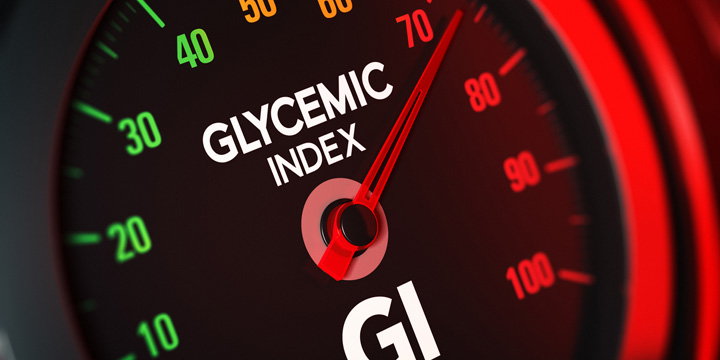
Dried fruit is fruit that has had almost all of its water content removed. The fruit shrinks during the drying process, making it much more calorie- and carbohydrate-dense than fresh or canned fruit.
Since dried fruit can be preserved for much longer than fresh fruit, it can be a handy snack, particularly on long trips where refrigeration is not available.
While people with diabetes can enjoy dried fruit, it’s important to be aware of its calorie and carbohydrate content, as well as the glycemic index.
Types of dried fruit
Raisins are the most common type of dried fruit, followed by dates, prunes, figs and apricots.
Other varieties of dried fruit that are widely available include mangoes, pineapples, cranberries, bananas and apples.
Nutritional benefits of dried fruit
One piece of dried fruit contains about the same amount of nutrients as fresh fruit but condensed in a much smaller package. By weight, dried fruit contains up to 3.5 times the fibre, vitamins and minerals of fresh fruit.
One serving of dried fruit can provide a large percentage of the daily recommended intake of many vitamins and minerals, including:
- Vitamin A
- Vitamin C
- Calcium
- Folate
- Iron
- Potassium
Dried fruit is also a good source of antioxidants, especially polyphenols, which are associated with such health benefits as improved digestion and blood flow, as well as a reduced risk of heart disease and certain cancers.
Dried fruit is also a good source of antioxidants, especially polyphenols, which are associated with such health benefits as improved digestion and blood flow, as well as a reduced risk of heart disease and certain cancers.
Calories, carbohydrate content and glycemic index of dried fruit
Despite these benefits, it’s important for people with diabetes to pay attention to the calorie and carbohydrate content of dried fruits, as well as their glycemic index and glycemic load.
The table below lists the calorie and carbohydrate content of a number of dried fruits, as well as their glycemic index and glycemic load. (The glycemic index rates carbohydrates according to how quickly they raise blood sugar levels. The glycemic load estimates the impact of carbohydrate intake using the glycemic index while taking into account the amount of carbohydrates that are eaten in a serving.)
The serving size for all dried fruits listed below is 100 grams (3.5 ounces).
| Fruit | Calories | Carbohydrates (grams) |
Glycemic index |
Glycemic load |
|---|---|---|---|---|
| Apples | 243 | 66 | 35 | 21 |
| Apricots | 241 | 63 | 32 | 21 |
| Bananas | 180 | 52 | 48 | 42 |
| Cranberries | 308 | 83 | 62 | 19 |
| Dates | 282 | 75 | 40 | 28 |
| Figs | 249 | 64 | 61 | 16 |
| Mangoes | 319 | 79 | 41 | 27 |
| Prunes | 240 | 64 | 29 | 26 |
| Raisins | 299 | 79 | 65 | 52 |
Can dried fruit be part of a diabetes diet?
Dried fruits are definitely a healthier alternative to salty or sugary snacks. However, there are a few things that people with diabetes should be aware of.
Because dried fruit is so much smaller than the fresh fruit from which it comes, it’s easier to consume a lot more of it. For example, it is unlikely that you would eat 3 fresh apricots or 30 grapes all at once, but it would be easy to eat that quantity of dried fruit!
As well, some manufacturers add sugars to their dried fruit (which already contain their own natural sugars). This could cause blood sugars to spike. That said, consuming a moderate amount of dried fruit will add nutrients and flavour to your nutrition plan.
Check out these tips for incorporating dried fruits into your diabetes diet:
- Top salads, granola, oatmeal and yogurt with a handful of dried fruit
- Make homemade trail mix with a variety of dried fruits, high-fibre cereal and unsalted nuts
- Add dried fruits to side dishes such as rice pilaf or couscous; apricots and raisins are especially tasty in these dishes
Dried fruits contain many vitamins and minerals and are a healthy snack or addition to a meal. However, portion control is key for people with diabetes, to prevent consuming excess calories or carbohydrates.




